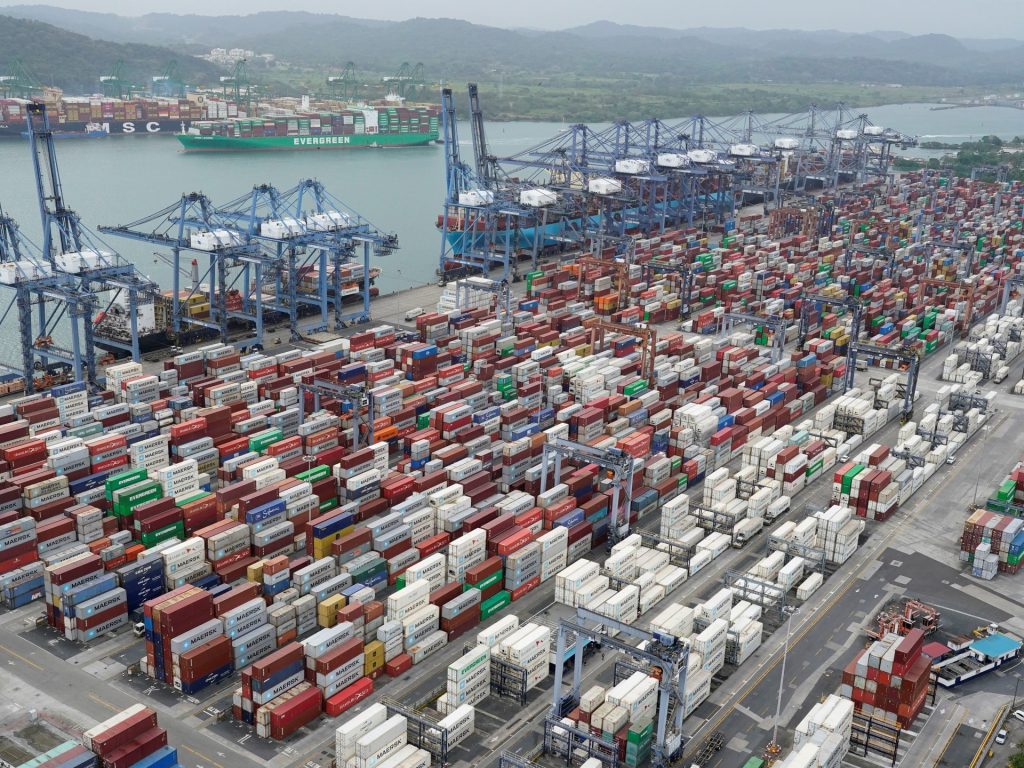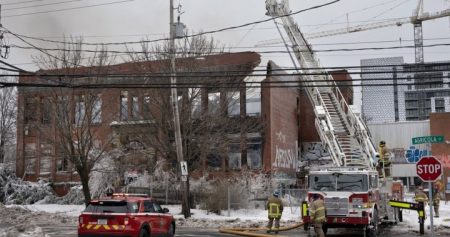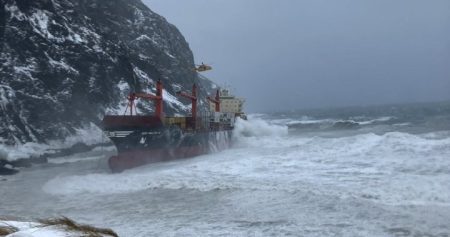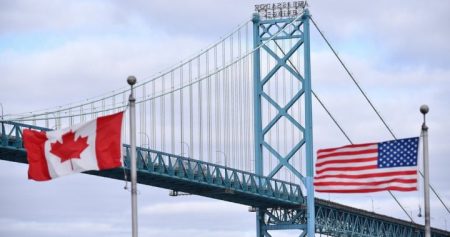Rising Tensions Between Panama and the United States Over the Panama Canal
The Panama Canal Authority has denied claims by the U.S. State Department that an agreement has been reached allowing American government vessels to transit the Panama Canal without paying fees. This denial has escalated tensions between Panama and the United States, particularly after President Donald Trump threatened to take back control of the vital waterway that connects the Pacific and Atlantic Oceans. The Panama Canal Authority, an autonomous agency under the oversight of the Panamanian government, issued a statement on Wednesday clarifying that no changes have been made to the tolls or rights for transiting the canal. However, the authority expressed its willingness to engage in dialogue with U.S. authorities regarding the transit of American wartime vessels.
The statement directly addressed the U.S. claims, emphasizing that the Panama Canal Authority has not adjusted its fees or policies. This denial comes amid growing friction between the two nations, as President Trump has criticized Panama for allegedly charging excessive rates for the use of the canal, one of the world’s busiest trade routes. Earlier on Wednesday, the U.S. State Department announced on the social media platform X that Panama had agreed to waive transit fees for U.S. government vessels, a move that would reportedly save the U.S. government millions of dollars annually. However, the Panama Canal Authority swiftly contradicted this assertion, asserting that no such agreement had been reached.
Historical and Economic Significance of the Panama Canal
The Panama Canal has long been a symbol of international cooperation and economic importance. Constructed by the United States and completed in 1914, the canal was transferred to Panama’s control in 1999 under the Torrijos-Carter Treaties signed in 1977. The canal is a critical waterway for global trade, with approximately 40% of U.S. container traffic passing through it. President Trump has repeatedly claimed that the U.S. should “take back” the canal, even hinting at the use of force to achieve this goal. His rhetoric has been met with strong resistance from Panama, which views the canal as a sovereign asset and a cornerstone of its economy.
The canal’s strategic importance extends beyond economics; it is also a geopolitical flashpoint. President Trump has accused Panama of ceding control of the canal to China, a claim that both Panama and China have denied. These accusations have added another layer of complexity to the already tense relationship between the two nations. The canal’s operations and control have become a focal point for the Trump administration, with the U.S. seeking to exert greater influence over the waterway.
The Trump Administration’s Hard-Line Stance on the Panama Canal
Since taking office, President Trump has adopted a combative approach toward Panama, particularly regarding the canal. In his inaugural speech in January, Trump declared that the U.S. would be “taking back” the canal, echoing his campaign promises. This rhetoric has been reinforced by his refusal to rule out the use of force to seize control of the canal. Trump’s stance has been widely criticized, both domestically and internationally, as it raises concerns about the potential destabilization of the region and the undermining of international treaties.
The Trump administration has also accused Panama of allowing China to gain undue influence over the canal. During his recent visit to Panama, U.S. Secretary of State Marco Rubio hinted at concessions being offered by Panama to address U.S. concerns. However, these claims have been met with skepticism, and the Panama Canal Authority has repeatedly emphasized its commitment to impartiality and adherence to international agreements. The authority has denied any changes to its toll structure or transit policies, maintaining that it operates independently and in accordance with established regulations.
Panama’s Response and the Broader Geopolitical Implications
Panama’s President, Jose Raul Mulino, has pushed back against Trump’s threats, dismissing the idea of the U.S. retaking control of the canal. Mulino has also taken steps to address U.S. concerns about China’s influence in the region. During Rubio’s visit, Mulino pledged to withdraw Panama from China’s Belt and Road Initiative, a move that aligns with U.S. interests. Additionally, Mulino has ordered an audit of the Panama Ports Company, a subsidiary of the Hong Kong-based conglomerate CK Hutchison Holdings, which operates two major ports near the canal. This decision comes amid growing unease in Washington about China’s expanding influence in the Americas, particularly in critical infrastructure projects.
The audit of the Panama Ports Company is significant, as the company was granted a concession in 1997, which was extended for 25 years in 2021. The extension has raised concerns in the U.S., given China’s increasing political and economic control over Hong Kong. While Mulino’s actions may be seen as an attempt to placate the U.S., they also highlight the broader geopolitical tensions at play. Panama finds itself caught in the middle of a tug-of-war between the U.S. and China, as both powers seek to exert influence over the canal and the region.
The Future of the Panama Canal and U.S.-Panama Relations
The ongoing dispute over the Panama Canal underscores the delicate balance of power in the region and the challenges of maintaining international cooperation in the face of competing interests. While the Panama Canal Authority has expressed its willingness to engage in dialogue with the U.S. regarding the transit of wartime vessels, the underlying tensions between the two nations remain unresolved. The U.S. continues to press for greater control over the canal, while Panama seeks to assert its sovereignty and protect its economic interests.
The involvement of other global powers, particularly China, further complicates the situation. Panama’s decision to withdraw from the Belt and Road Initiative and audit the Panama Ports Company reflects the pressure it faces from the U.S. to limit Chinese influence. However, these measures may not fully address the underlying issues driving the tensions between Panama and the U.S. The future of the Panama Canal, and indeed the broader U.S.-Panama relationship, will depend on the ability of both nations to negotiate a mutually beneficial agreement that respects Panama’s sovereignty while addressing U.S. concerns.
In conclusion, the Panama Canal remains a critical flashpoint in U.S.-Panama relations, with significant implications for global trade and geopolitical stability. While the immediate tensions may subside through dialogue and diplomacy, the deeper issues driving the conflict—such as competing interests, sovereignty, and the influence of other global powers—will require a more comprehensive and long-term solution. The ability of both nations to navigate these challenges will shape the future of one of the world’s most vital waterways.












